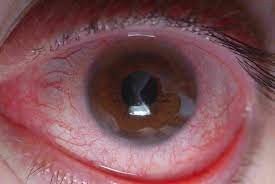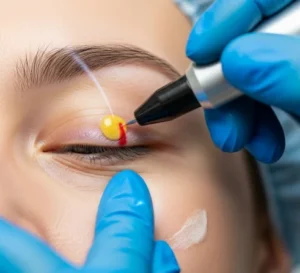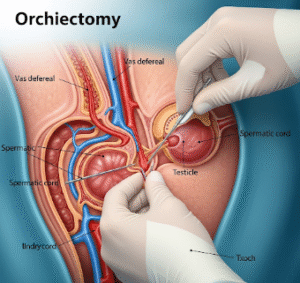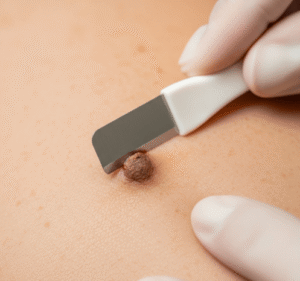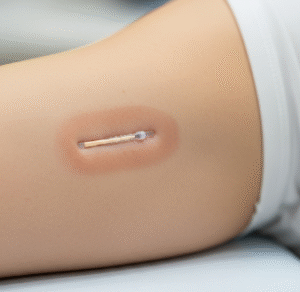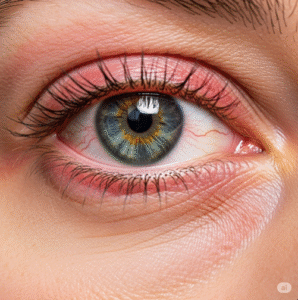Overview
Thumb arthritis, medically known as carpometacarpal (CMC) joint arthritis, occurs when the cartilage in the base joint of the thumb wears away, leading to pain, stiffness, and reduced grip strength. It’s one of the most common forms of osteoarthritis affecting the hand, often linked to aging, repetitive use, or prior injuries. In Korea, advanced diagnostic tools, innovative therapies, and minimally invasive surgical options allow patients to restore thumb mobility and relieve chronic discomfort effectively.
What is Thumb Arthritis?
Thumb arthritis is a degenerative joint disease affecting the CMC joint, where the thumb meets the wrist. The cartilage that cushions the bones deteriorates over time, causing bone-on-bone friction, inflammation, and pain. It can develop slowly or suddenly, depending on the underlying cause and the patient’s lifestyle.
Symptoms
- Persistent or intermittent pain at the base of the thumb
- Swelling and tenderness near the wrist
- Stiffness, especially in the morning or after use
- Reduced grip strength and difficulty pinching objects
- Enlarged or bony appearance of the thumb base
- Clicking or grinding sensation during movement
Causes
- Aging – Natural cartilage wear over time
- Repetitive Thumb Use – Manual labor, typing, sewing, etc.
- Previous Thumb Injuries – Fractures or ligament damage
- Inflammatory Conditions – Rheumatoid arthritis or gout
- Genetic Factors – Family history of osteoarthritis
Risk Factors
- Age over 40
- Female gender (higher prevalence)
- Occupations or hobbies with repetitive thumb use
- Prior thumb or wrist injuries
- Family history of arthritis
Complications
If left untreated, thumb arthritis can cause severe joint deformity, chronic pain, and significant loss of hand function. Tasks like opening jars, writing, or buttoning clothes may become challenging. In severe cases, permanent disability can occur.
Prevention
- Avoid repetitive stress on the thumb joint
- Maintain a healthy weight to reduce overall joint strain
- Use ergonomic tools for work and daily activities
- Strengthen hand and wrist muscles with exercises
- Seek early medical evaluation for thumb pain
Treatment Options in Korea
Diagnosis
- Physical examination of thumb movement and pain points
- X-rays to assess cartilage loss and bone changes
- MRI or ultrasound for detailed joint imaging
Medical Treatments
- Pain relief medication (NSAIDs)
- Corticosteroid injections for inflammation control
- Splints or braces to support and immobilize the thumb
Surgical or Advanced Therapies
- Ligament reconstruction
- Joint fusion (arthrodesis) for stability
- Joint replacement (arthroplasty) using synthetic or donor tissue
- Minimally invasive arthroscopy for cartilage smoothing
Rehabilitation and Support
- Hand physiotherapy to restore function
- Heat and cold therapy for pain management
- Occupational therapy to adapt daily tasks
Top Hospitals or Clinics in Korea
- Seoul National University Hospital – Orthopedic & Hand Surgery Center
- Samsung Medical Center – Musculoskeletal Clinic
- Asan Medical Center – Specialized Hand Surgery Unit
- Wooridul Hospital – Joint & Spine Institute



